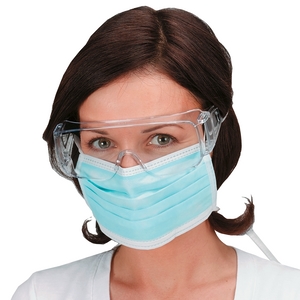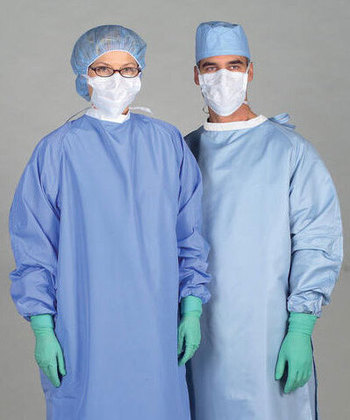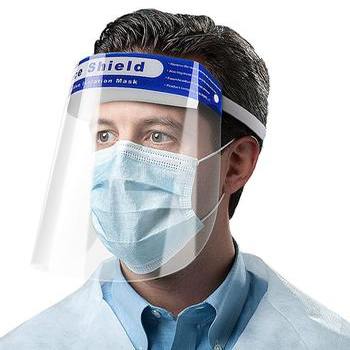
The Centers for Disease Control and Prevention (CDC) recommends eye protection for a variety of potential exposure settings where workers may be at risk of acquiring infectious diseases via ocular exposure. Eye protection provides a barrier to infectious materials entering the eye and is often used in conjunction with other personal protective equipment (PPE) such as gloves, gowns, masks or respirators.
Goggles, or safety glasses, are forms of protective eyewear that usually enclose or protect the area surrounding the eye in order to prevent particulates, water or chemicals from striking the eyes. Goggles provide better protection than safety glasses, and are effective in protecting the eyes from infections, chemical splashes, impact, dusty environments.

Goggles are designed to fit snugly, but not necessarily seal around the wearer’s eyes. CDC/NIOSH has stated: “appropriately fitted, indirectly-vented goggles with a manufacturer’s anti-fog coating provide the most reliable practical eye protection from splashes, sprays, and respiratory droplets. However, to be effective, goggles must fit snugly, particularly from the corners of the eye across the brow. While highly effective as eye protection, goggles do not provide splash or spray protection for other parts of the face.
The eyewear described above is generally not disposable. Where possible, each individual worker should be assigned his/her own eye protection to insure appropriate fit and to minimize the potential of exposing the next wearer.

